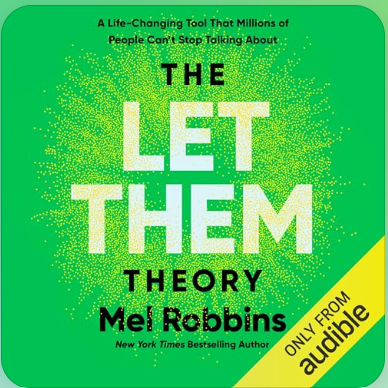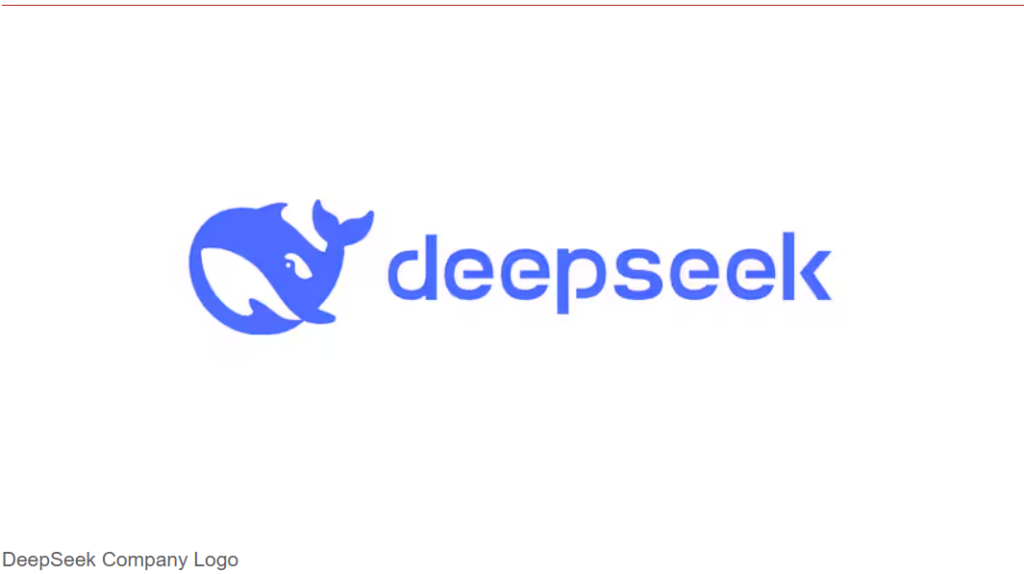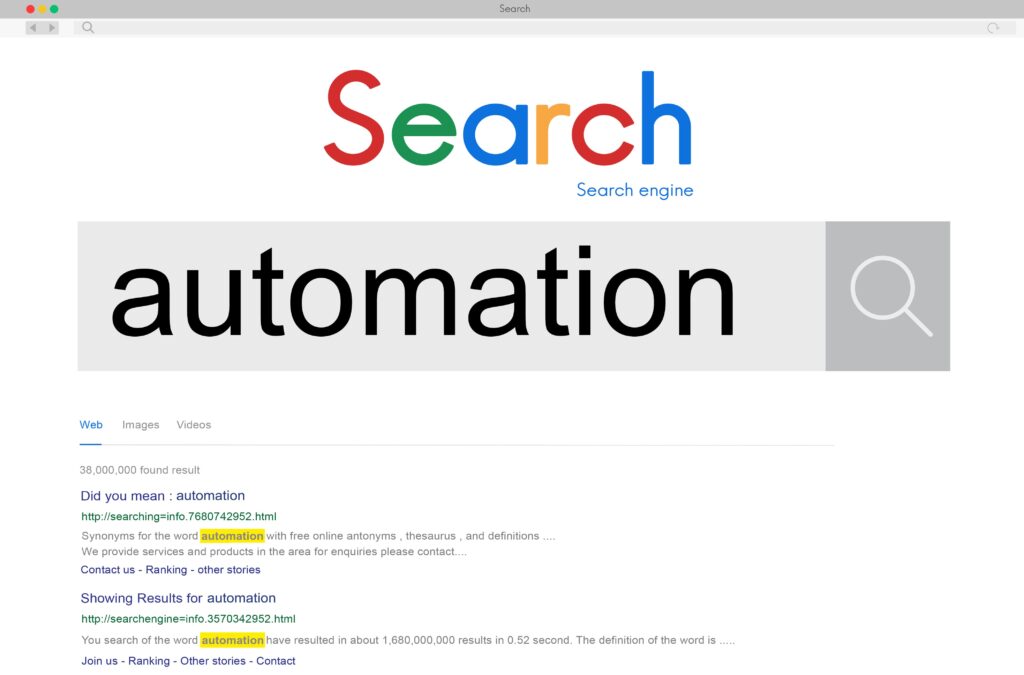If you’re looking to break into the exciting world of digital marketing without breaking the bank, you’re in the right place. Whether you’re an aspiring marketer, a business owner, or someone who wants to sharpen their online skills, free digital marketing courses with certifications are a game-changer.
Luckily, top platforms like Google, Meta, and LinkedIn offer free courses that cover everything from search engine optimization (SEO) to content marketing and social media strategy. In this guide, we’ll explore the best places to learn digital marketing for free—and earn certificates that actually matter.
Why Take Free Digital Marketing Courses?

Before we dive into the best platforms, let’s answer the big question: why should you take a free digital marketing course?
- Boost Your Resume – Certifications make your LinkedIn profile and CV stand out.
- Stay Competitive – Digital marketing trends evolve fast; keep up or get left behind.
- Gain In-Demand Skills – SEO, social media marketing, and PPC are highly sought after.
- Advance Your Career – Whether you’re a freelancer, entrepreneur, or job seeker, these skills open doors.
Why Digital Marketing Certifications Matter
Before diving into the platforms, let’s understand what makes digital marketing certifications valuable. These credentials validate your skills in crucial areas like:
- Search Engine Optimization (SEO)
- Content Marketing
- Social Media Marketing
- Email Marketing
- Pay-Per-Click (PPC) Advertising
- Analytics and Data Analysis
Top Platforms Offering Free Digital Marketing Certifications
1. Google Digital Garage: The Gold Standard
Google’s learning platform stands out with over 150 free courses in digital skills. Their flagship “Fundamentals of Digital Marketing” course is particularly noteworthy because:
- It’s accredited by the Interactive Advertising Bureau Europe
- Offers a comprehensive 40-hour curriculum
- Provides practical exercises and real-world examples
- Awards a recognized certification upon completion
Additionally, Google Skillshop offers specialized certifications for Google’s marketing tools. Pro tip: Aim for that 80% score on assessments to secure your certificate.
2. Meta Blueprint: Master Social Media Marketing
As the parent company of Facebook and Instagram, Meta’s certification program offers unparalleled insights into social media marketing:
- Learn campaign planning and optimization
- Understand Facebook’s advertising ecosystem
- Master Instagram marketing strategies
- Gain hands-on experience with Meta’s business tools
3. HubSpot Academy: Inbound Marketing Excellence
HubSpot Academy stands out with 25 certificate-granting courses covering:
- Inbound Marketing
- Content Marketing
- Social Media Strategy
- Sales Fundamentals
- Customer Service
What makes HubSpot special is their practical, methodology-based approach that you can immediately apply to real-world scenarios.
4. LinkedIn Marketing Labs
Perfect for B2B marketers, LinkedIn’s certification program offers:
- Specialized learning paths
- Professional credentials
- Direct integration with your LinkedIn profile
- Focus on business-to-business marketing strategies
5. Alison: Diverse Learning Paths
Alison’s platform covers various aspects of digital marketing:
- Google Ads mastery
- Social media monetization
- YouTube channel optimization
- Digital marketing fundamentals
Their self-paced structure makes it ideal for busy professionals.
6. Coursera: Academic Excellence
While Coursera is known for paid courses, they offer several free options:
- University-backed digital marketing courses
- Structured learning paths
- Peer-reviewed assignments
- Professional certificates from industry leaders
7. Great Learning: Comprehensive Coverage
Great Learning’s free certification courses cover:
- Digital marketing fundamentals
- Social media strategy
- Content marketing
- Analytics and tracking
- Email marketing campaigns
8. OpenLearn: Academic Approach
Through The Open University, OpenLearn provides:
- Business-focused marketing courses
- Academic-grade content
- Flexible learning schedule
- Official statements of completion
9. Semrush Academy: SEO Expertise
Semrush Academy specializes in:
- Technical SEO
- Content marketing
- Competitive analysis
- PPC fundamentals
- Analytics and reporting
10. X (Twitter) Ads Academy
Previously known as Twitter, X’s learning platform offers:
- Campaign optimization techniques
- Advertising best practices
- Platform-specific strategies
- Free badges for 80%+ scores
11. Oxford Home Study Centre
This platform offers:
- Self-paced digital marketing courses
- Comprehensive study materials
- Professional certification
- Flexible learning schedule
12. Simplilearn
Known for their structured approach, Simplilearn provides:
- Industry-aligned curriculum
- Practical projects
- Free certificates of completion
- Regular course updates
Which Digital Marketing Course Should You Choose?
If you’re a complete beginner, Google Digital Garage and HubSpot Academy are great starting points. Want to specialize in social media?
Meta Blueprint and LinkedIn Marketing Labs have you covered. If SEO is your focus, Semrush Academy and Alison are excellent options.
The best part? You don’t have to choose just one—stacking certifications from multiple platforms makes you even more competitive in the job market.
Start Learning Today!
With so many free digital marketing courses available, there’s no reason to delay. Pick a course, earn your certificate, and start applying your new skills to real-world projects. Happy learning!
Ready to Transform Your Digital Presence?
Transform your online presence with data-driven digital strategies that deliver real results. As your dedicated digital strategist, I’ll help you navigate the ever-evolving digital landscape and create meaningful connections with your target audience.
Why Work With Me?
- Custom-tailored digital strategies aligned with your business goals
- Data-driven approach to maximize your ROI
- Proven track record of successful digital transformations
- Comprehensive digital marketing expertise
- Transparent communication and regular performance updates
🚀 Book Your Free Strategy Session Let’s discuss how we can elevate your digital presence. Schedule a complimentary 30-minute consultation where we’ll:
- Analyze your current digital presence
- Identify growth opportunities
- Create a roadmap for your digital success
Contact Wambui Njuguna Today: thewambuinjuguna@gmail.com/ +254719444366
























